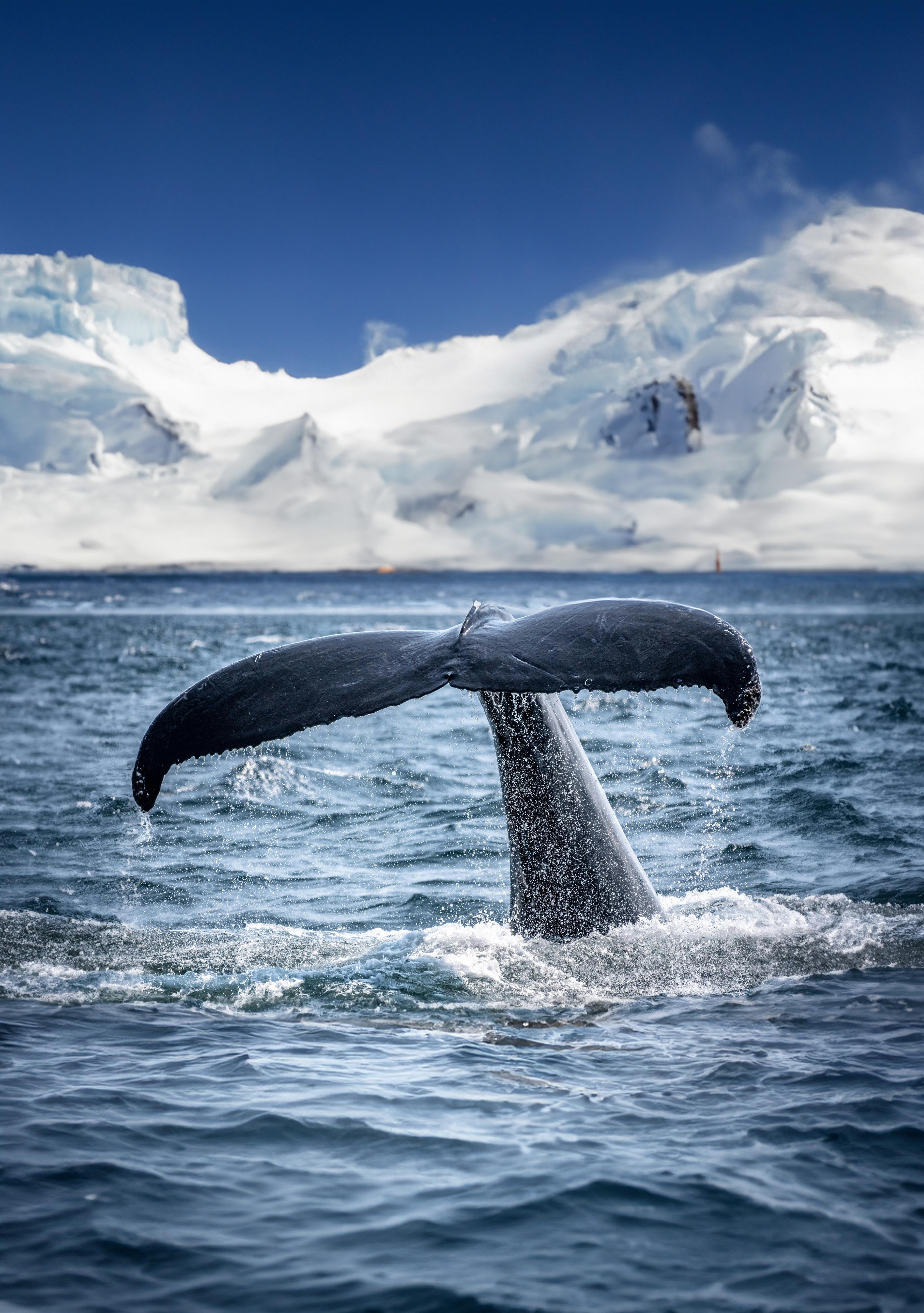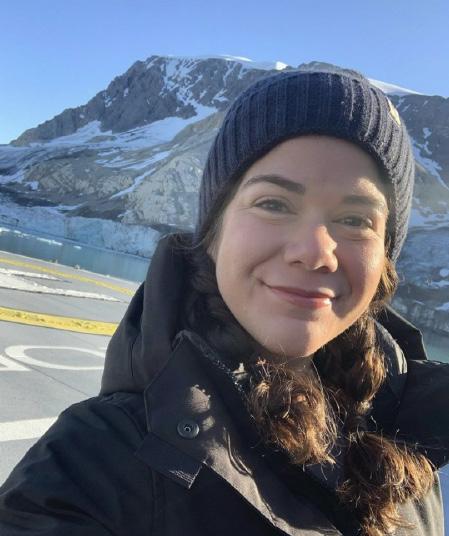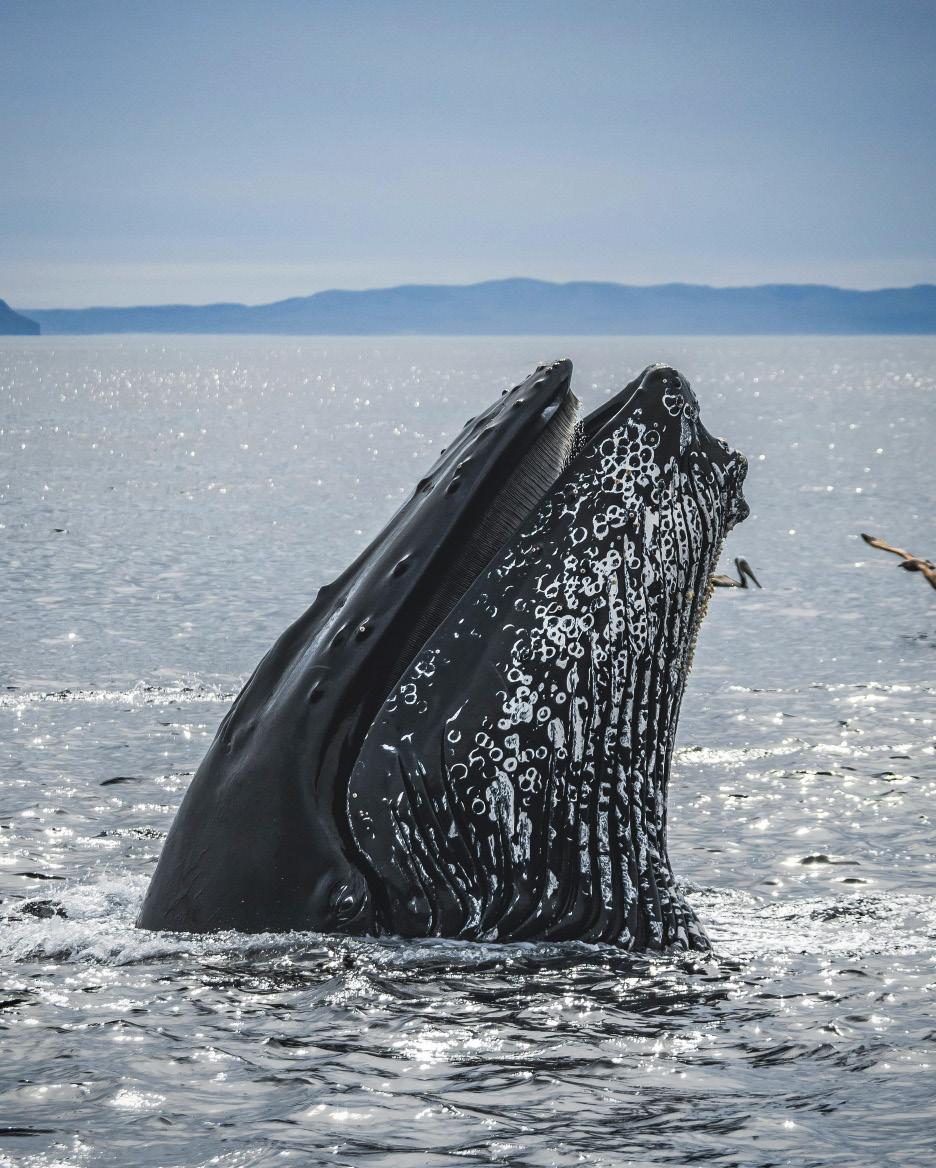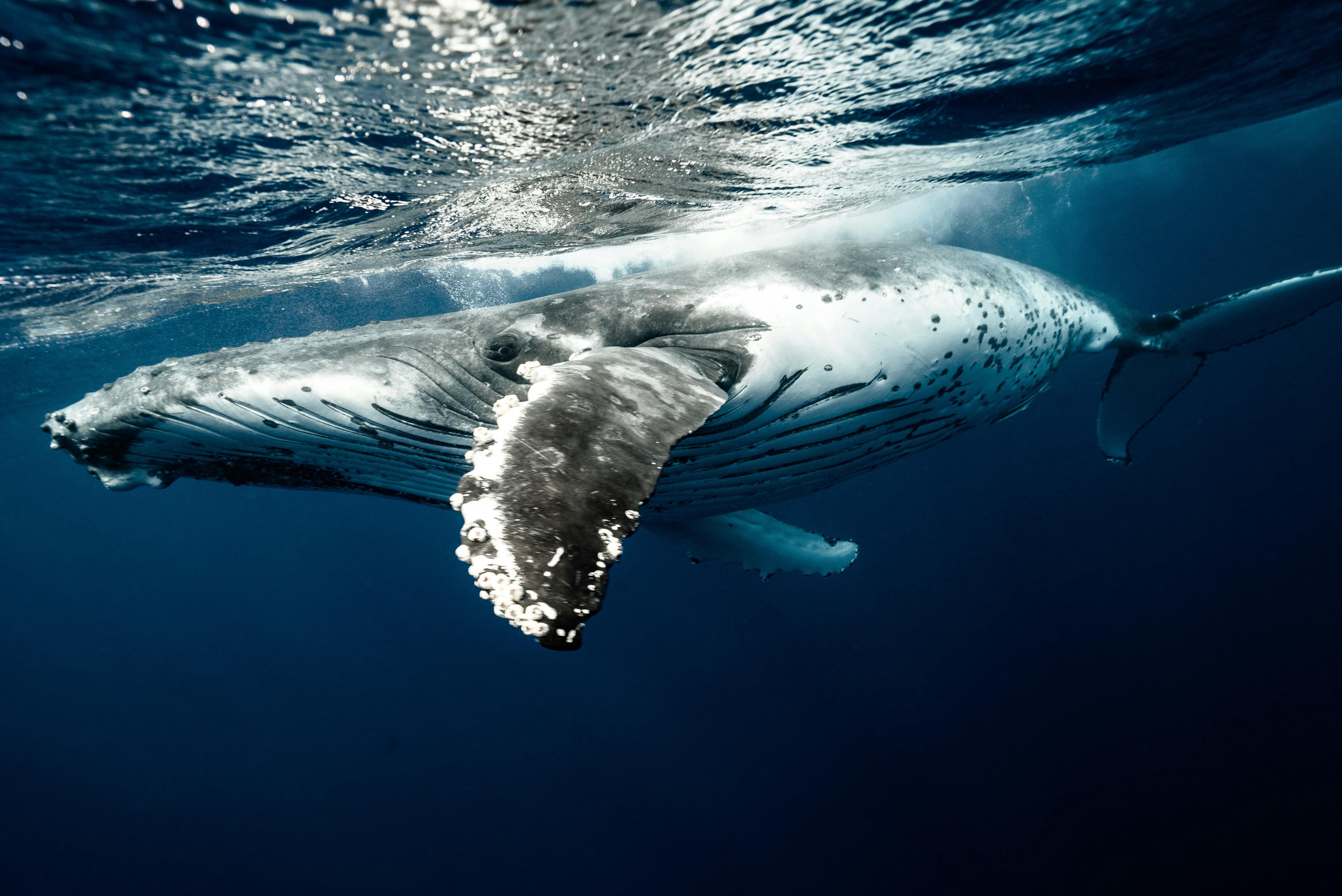ULTRA MARINE



ANTARCTICA
Bringing back southern right whales from the brink of extinction

For centuries, these marine mammals have woven themselves into the fabric of catalanoites in various parts of the world. ?
Whales spray spectacular mist on the water's surface. Each blow a signal that the giants of the sea are drawing near. Excitement ripples through the gathering as the blows grow closer and more frequent. The whales, moving in a slow and purposeful procession, seem to acknowledge their audience, offering glimpses of their mighty tails and elegant dorsal fins as they glide by. And as the last glimpse of a fluke disappears beneath the surface, the spectators remain, silently paying tribute to the enduring beauty of the natural world and wishing them good luck.
The deep south's ice and ocean life are critical for our world's natural systems. How will they fare through climate change? Are humans doing enough to help?

Early whales
Targeted for commercial hunting from 1790 to 1980, they faced a perilous existence. The global death toll from this hunt exceeded 150,000 individuals. With the carnage being particularly severe in the waters off New Zealand and southeastern Aus-trail. Over 58, 000 southern right whales died near New Zealand,19,000 off Australia.
Current Whales
The road to recovery for these giants has been slow and fraught with obstacles. Sadly, the east-ern population is now estimated to comprise fewer than 300 individuals, including just 68 breeding females, while the western population boasts over 2,500 individuals. There was probably at least 25,000 prior to whaling in the 1800s.

Know more about whales
Primarily found in the southern hemisphere’s temperate waters, these whales are one of the largest whale species on the planet, often up to15 meters long and weighing between 40 and 80 tunester striking appearance features dark, nearly black skin adorned with patches of white callosities, which serve as unique identifiers individual whales. They are filter feeders - baleen plates in their mouths strain planktonic organisms and small fish from the water. Their feeding grounds are primarily in polar or subpolar regions, while they migrate to warmer coastal waters for breeding and calving. Their cultural significance extends far beyond their ecological role and scientific interest. In many Indigenous cultures, southern right whales are revered, often regarded as spiritual symbols of wisdom, strength, and harmony with the natural world. Their enigmatic nature and awe-inspiring size have led to beliefs that they possess supernatural powers or embody the souls of ancestors. Yet, the southern right whale bears witness toa tumultuous history that spans centuries. Cetaceans, often regarded as flagship species and ecological indicators, face mounting challenges in the form of consumption, climate change, pollution, industrial development, and fisheries, Southern right whales in the eastern Australian population are exposed to anthropogenic threats, highlighting the urgent need for conservation throughout their including breeding range, and foraging areas.


Melissa Márquez
As the early morning sun cast a golden glow over the eastern coastline Australiana sense of anticipation filled, he air. Excited onlookers gathered along the rugged shores, perched on cliffs or nestled in the comfort of beachfront cafes. All shared one common purpose.to witness the awe-inspiring spectacle of southern right whales (Eubalaena australis) on their annual journey.

“They're recovering well ... they're still nowhere near the numbers they were pre-whaling, but they’re recovering," says Burnell. “It's encouraging. but it's going to be some time before they're fully back in their original habitats.”

